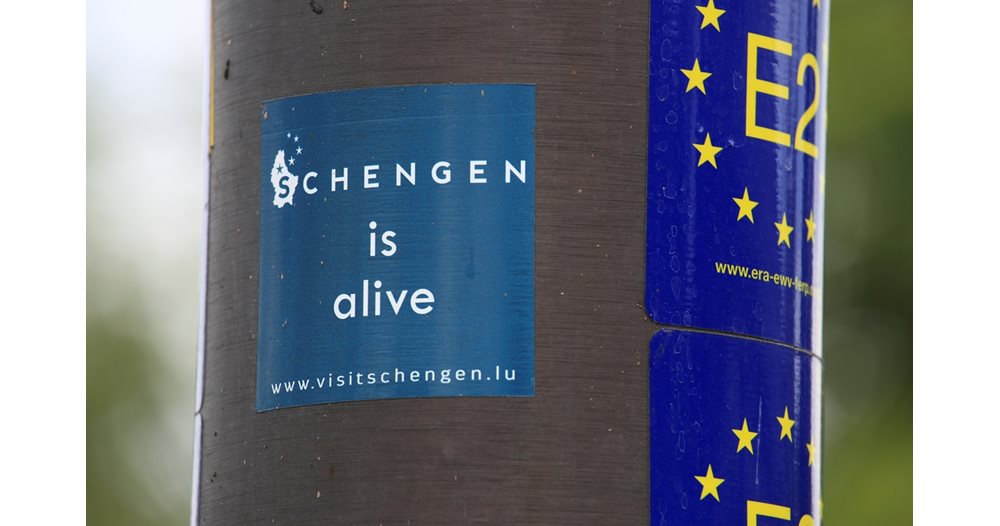The cholera epidemic, which has begun to spread to a large number of Lebanese regions, has been an additional concern, indeed a new crisis, to the concerns of the Lebanese, and fighting it falls on the shoulders of this citizen, with the absence of the state in carrying out the tasks entrusted to it in this regard.
If things stop at the limits of cleanliness, where is the right water for drinking, bathing, washing and washing, with over 80% of rivers and wells polluted, and how to secure unpolluted vegetables that are irrigated with polluted water?
The head of the Farmers Syndicate in Lebanon, Antoine Howayek, speaks to “Lebanon Debate” about the relationship between the spread of the cholera epidemic and water, which is in principle the source of the epidemic, and the main reason is the conversion of sewage drains to river beds without refining them, although the Development and Reconstruction Council has set up about 100 wastewater treatment plants, but most of them fail.
Stresses that denser water areas are not suitable for drinking water or irrigation and stresses that the percentage of bacteria must not exceed 200 per milliliter to be suitable for drinking water and that it must not exceed 1000 to be suitable for drinking water. suitable for irrigation. , the water used for irrigation in many areas is between 3 and 4 thousand.
He points out that the arid areas of the Bekaa and the remote areas of the south do not have rates of bacteria of 40 per milliliter, which means that they are suitable not only for irrigation but also for watering, unlike the areas adjacent to the Litani River, for for example, where the pollution rate is very high because all the sewage is not connected to the sea, it flows into this river.
It reveals that the town of Bar Elias, for example, which is located in the heart of the Litani, about 600 of its inhabitants suffer from cancer because the river is polluted by the wastewater of the Bekaa hospital, where wastewater from 11 hospitals escapes 12 it pours into the river without refining, which means that the pollution rate is very high in those. The area is because hospital waste in particular carries pollution and disease more than others.
He points out that cholera is new, but pollution in rivers has existed for 30 or 40 years and carries toxic substances that the body in which it accumulates over the years cannot excrete them, causing diseases more dangerous than cholera, killing thousands of citizens.
Today, however, there is a double suffering with the spread of the cholera epidemic: at the company or citizen level, the prices of weeds and vegetables have dropped to less than 20%, because people are beginning to fear vegetables and this is their right.
It confirms that vegetables in polluted areas are considered polluted because irrigated with unsuitable water, but distinguishes between products from the regions, which is adopted by “Lebanese and Safe”, which selects its materials from the source and requires irrigation water be tested before purchasing Non-polluted products.
It also confirms that pollution is less dangerous to fruit trees, unlike weeds and vegetables that are directly exposed to polluted water, and that tomatoes are less exposed to pollution than weeds.
It is believed that vinegar does not kill bacteria, but chlorine, but the latter poses a risk to human health.
He sees only one solution, which is to run the refineries and eliminate the pollution of the Litani and sorting from the source, but these issues are out of reach in the light of a dilapidated state, and he warns that we are faced with a time bomb that does not we know when it will explode.

